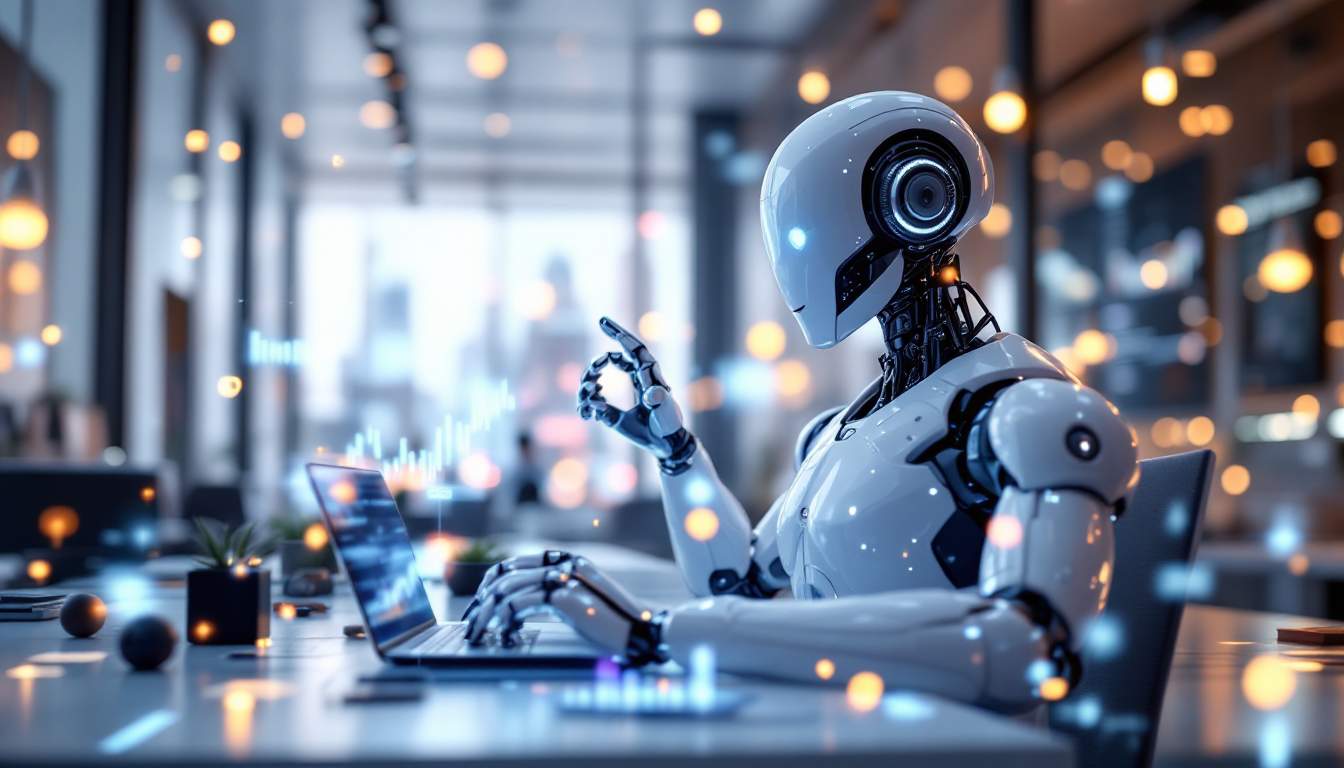Published: December 22, 2024 at 1:25 am
Updated on June 09, 2025 at 7:06 pm




As we witness the digital landscape shift, crypto wallet security is facing a barrage of threats. AI’s advancements are both a boon and a bane to the safety of our digital treasures. This nuanced reality leaves many of us pondering the fate of our investments. Let’s unpack the dual role of AI in crypto security and explore ways to keep our assets safe.
Lately, crypto wallets have come under fire from AI-fueled threats. Users of Trust Wallet were left reeling when funds vanished from their accounts, prompting an outcry on social media. The fear was palpable: had hackers struck again? Some users pointed out that the issue extended beyond balances, as buying and selling nodes also faced troubles. Yet, there were those who found solace in the confirmation that their funds were intact and that efforts were underway to restore the wallet’s functionality.
AI is a game changer. Its ability to sift through immense data volumes to pinpoint real-time threats—be it cyber attacks, phishing scams, or malware—is invaluable. It detects anomalies and suspicious activities, triggering alerts for security teams to leap into action.
Using algorithms to analyze transaction patterns, AI identifies unusual behaviors that could indicate fraud or money laundering. This not only bolsters transactions’ transparency but also instills some trust in the crypto scene.
AI employs behavioral biometrics and multi-factor authentication to differentiate between genuine users and malicious actors, making account spoofing more difficult.
AI models drawn from historical data can predict potential threats and adapt as they learn. Predictive analytics is a nifty tool for identifying and mitigating looming security dangers.
AI doesn’t just detect threats; it acts. Automating the blocking of suspicious IP addresses and DDoS attacks ensures that potential vulnerabilities don’t linger unaddressed.
AI can also strengthen the validation process and reduce the risks associated with the consensus mechanism. It helps dynamically adjust security policies based on observed threats.
Cybercriminals are now employing AI to launch more sophisticated attacks. Generative AI is simplifying the crafting of convincing phishing emails, enabling less skilled hackers to wreak havoc.
AI models trained on biased data can yield false negatives, diminishing their effectiveness. Targeted and manipulated models may miss real threats or misidentify benign activities.
AI can be a double-edged sword. It may facilitate more effective malware and attack strategies, helping criminals craft compelling social engineering scams or automate exploiting vulnerabilities.
To keep pace with stealthy threats, AI-driven security systems require regular updates and validation. Skipping this step could leave users exposed.
Users are encouraged to use hardware wallets, enable two-factor authentication, and stay vigilant by monitoring transactions. Choosing well-vetted DeFi protocols is also essential. Keeping seed phrases secure—stored in safe locations or on backup devices—is a must.
AI’s predictive prowess allows it to foresee potential threats based on historical data. Real-time monitoring offers immediate insights into breaches, enabling swift measures to minimize damage.
AI-driven threat detection incorporating behavioral analysis can help spot unusual patterns indicative of unauthorized access or malicious activities. This scrutiny ensures that fraudulent transactions or hacking attempts are flagged early.
AI is set to transform the landscape of crypto exchanges further. It will monitor blockchain activity for unusual patterns, alerting admins to potential security breaches while minimizing false positives. Predictive analysis and automated responses will enhance security by proactively blocking threats.
Ensuring AI operates within ethical guidelines and compliance with regulations is vital. Being aware of evolving regulations is crucial to sidestepping legal and reputational pitfalls.
Continuous updates and validation of AI systems are essential. Scenario planning for various market conditions and protocols for rapid intervention are necessary if the AI starts behaving erratically.
AI significantly boosts the security of cryptocurrency systems by identifying threats, preventing fraud, and improving authentication. Yet, it also introduces new risks, including sophisticated cyber attacks and potential model manipulation. Vigilance and proactive measures remain paramount. By combining these strategies, professional traders can mitigate the risks associated with AI-driven cyber-attacks in the crypto market.
Access the full functionality of CryptoRobotics by downloading the trading app. This app allows you to manage and adjust your best directly from your smartphone or tablet.


News
See more







Blog
See more






